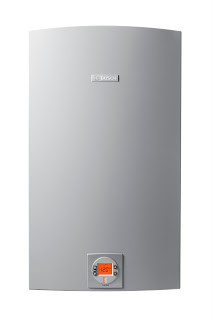Conventional wisdom suggests that an annual inspection of a homeowner’s heating, ventilation and air conditioning system is the best way to maintain the health and peak efficiency of a system.
Usually a HVAC contractor performs that maintenance in the spring, in preparation for the upcoming summer. But, what about fall maintenance for the upcoming winter months?
When switching from cooling to heating, there are maintenance tasks in the fall can have a big impact on homeowners’ utility bills in the winter. It’s just as important that your heating equipment work at its peak efficiency as your cooling equipment, and in many climates where heating costs far outweigh cooling costs, it’s more important.
Comfort Supply suggests semiannual HVAC maintenance—in the fall and in the spring—to detect and prevent future costly repairs.
Contractors should inspect and service gas controls, heat exchanges, heat pumps, coils and condensers. Clean coils on heat pumps, and combustion chambers on gas furnaces. Watch for rusted or cracked heat exchanges as these can release carbon monoxide into a customer’s home.
It’s one thing to present semiannual maintenance as an option to a homeowner. It’s another thing entirely to actually sell the idea.
We recommend setting up automated communications to homeowners to let them know when maintenance is due. This can be done through email, direct mail or over the phone. Communicate to your customers through the channels that they prefer, and make it as easy a possible for customers to be aware of and schedule upcoming maintenance.
Contractors can also add a semiannual inspection option to their service contracts, and contractors sell this option by highlighting its benefits.
The best way to sell semiannual preventative maintenance is to be honest and remind the homeowner of its primary benefit: It decreases costs over the entire life of the HVAC equipment. If long-term benefits evade your customer, use short-term examples the homeowner can understand. For example, leaking ducts can reduce energy efficiency by up to 20 percent. That’s $15 on a $75 monthly utility bill.




